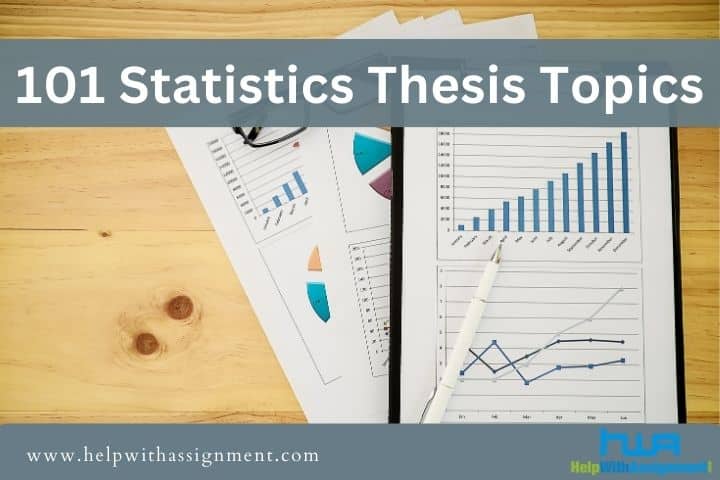- Home
- About Us
- Services
- Online Assignment Help
- Auditing Assignment Help Service
- Nursing Assignment Help
- Excel Assignment Help
- Advanced Economics Homework Help
- XML Assignment Help
- Strategic Management Assignment Help
- Logarithm Assignment Help
- Probability Assignment Help
- Matrices Assignment Help
- Commercial Bank Management
- Thesis Proposal Help
- Corporate Strategy
- Electrical Engineering
- Civil engineering
- Mechanical Engineering
- Electronics Engineering
- Financial Plan Development
- Research Paper
- Political Science Assignment Help
- Operations Management Assignment Help
- Computer Vision Assignment Help
- Commercial Bank Management
- IT Security Assignment Help
- College Essay Help
- Term Paper Help
- Medical Science Assignment Help
- Nursing Thesis Writing Help
- Religion
- Thesis Help
- Supply Chain Management Assignment Help
- Australia Assignment Help
- Cause and Effect Essay
- International Finance Assignment Help
- Statistics Assignment Help
- Computer Science
- Information Technology
- Bioinformatics Assignment Help
- Biostatistics Assignment Help
- Excel Assignment Help
- Taxation
- Research Proposal Help
- SAASU Assignment Help
- Auditing Assignment Help Service
- Workplace Learning in Finance
- Dissertation & Homework Help
- Custom Essay Writing Help
- Online Assignment Help
- Reviews
- Tutors
Get the best bond valuation assignment help from Ph.D. experts now. HelpwithAssignment provides customized bond valuation assignment help services at affordable prices for students all over the world. If you are stuck with finance assignment, get instant help from HelpwithAssignment and get top grades in your assignment.
All You Need to Know About Bonds in Finance
What are Bonds?
A bond is a security sold by governments or corporations in order to raise money from investors today in exchange for the promised future payment. The terms of a bond are described as part of the Bond Certificate, which indicated that the amounts and dates of all payments to be made. These payments are made until a final repayment date is known as the term of the bond.
Bonds are typically made two types of payments to their holders. The promised interest payments of a bond are called coupons. The Bond Certificate typically specifies that the coupons will be paid periodically until the maturity date of the bond. The principal or face value of a bond is the notional amount e use to compute the interest payments. Usually, the face value is repaid at maturity. It is generally denominated in standard increments such as $1000. A bond with a $1000 face value, for example, is often referred to as a “$1000 bond”.
The amount of each coupon payment is determined by the coupon rate of the bond. This coupon rate is set by the issuer and stated on the bond certificate. By convention, the coupon rate is expected as an APR s the amount of each coupon payment, CPN is
CPN = (Coupon Rate × Face value)/ Number of coupon payments per year
For example, a $1000 bond with a 10% coupon rate and semiannual payments will pay coupon payments of $1000 × 10%/2 = $50 every six months.
Zero-Coupon Bonds:
The simplest type of bond is a zero-coupon bond, a bond that does not make coupon payments. The only cash payment the investor receives is the face value of the bond on the maturity date. Treasury Bills, which are US government bonds with a maturity of up to one year, are zero-coupon bonds. As the present value of future cash flow is less than the cash flow itself, as a result, prior to its maturity date, the price of a zero-coupon bond is always less than its face value. That is, zero-coupon bonds always trade at a discount (a price lower than the face value), so they are also called pure discount bonds.
Suppose that a one-year, risk-free, zero-coupon bond with a $100000 face value had an initial price of $96618.36. If you purchased this bond and held it to maturity, you would have the following cash flows:
| 0 | 1 |
| $96618.36 | $100000 |
Although, the bond pays no interest directly, as an investor you are compensated for the time value of your money by purchasing the bond at a discount to its face value.
Yield to Maturity:
The IRR of an investment opportunity is the discount rate at which the NPV of the investment opportunity is equal to zero. The IRR of an investment in a zero-coupon bond is the rate of return that investors will earn on their money if they buy the bond at its current price and hold it to maturity. The IRR of an investment in a bond is given a special name, the yield to maturity (YTM) or just the yield.
The yield to maturity of a bond is the discount rate that sets the present value of the promised bond payments to the current market price of the bond.
The yield to maturity for a zero-coupon bond is the return you will earn as an investor from holding the bond to maturity and receiving the promised face value payment.
Let’s determine the yield to maturity of the one-year zero-coupon bond. The yield to maturity of the one year bond solves the following equation:
96,618.36 = 100000/1+ YTM
In this case, 1+ YTM = 100000/ 96,618.36 = 1.035
That is, the yield to maturity for this bond is 3.5%. Because the bond is risk-free, investing in this bond and holding it to maturity is like earning 3.5% interest on your initial investment. Thus, by the Law of One Price, the competitive market risk-free interest rate is 3.5%, meaning all one-year risk-free investments must earn 3.5%.
Similarly, the yield to maturity for a zero-coupon bond with n periods to maturity, current price P and face value FV is
P = FV/ (1+ YTMn)n
Rearranging this expression, we get
Yield to Maturity of an n Year Zero Coupon Bond
YTMn = (FV/P)1/n –1
Coupon Bonds:
Like Zero-coupon bonds, Coupon Bonds pay investors their face value at maturity. In addition, these bonds make regular coupon interest payments. Two types of US Treasury coupon securities are currently traded in financial markets. Treasury Notes, which have original maturities from one to ten years and Treasury Bonds, which have original maturities of more than ten years.
We can compute the yield to maturity of a coupon bond. The yield to maturity for a bond is the IRR of investing in the bond and holding it to maturity; it is the single discount rate that equates the present value of the bond’s remaining cash flows to its current prices,
| 0 | 1 | 2 | 3 | N |
| -P | CPN | CPN | CPN | CPN + FV |
Because the coupon payments represent an annuity, the yield to maturity is the interest rate y that solves the following equations:
Yield to Maturity of a Coupon Bond
P = CPN × 1/y(1-1/(1+y)n) + FV/(1+y)N
How our Bond Valuation Assignment Help works:
Send your bond valuation assignment details to us through the form on the top of the page and you will receive a quote instantly. After the initial payment, an expert will be assigned immediately to your assignment. After the work has started, a rough draft will be sent to you to check whether if any details to be added. Your assignment will be finished before the deadline and will be sent along with a plagiarism report.
Why Prefer HwA for Bond Valuation Assignment Help:
- Ph.D. Experts
- Timely delivery
- 24×7 Customer support
- No plagiarism
- Customized solutions
- Money-back guarantee
- Original and genuine papers
We deliver a well-researched academic paper tailored to your specifications at a fair price while ensuring timely delivery. Our service is known for providing top-scoring, plagiarism-free research papers. Additionally, we offer unlimited revisions and 24/7 customer support as part of our commitment to quality.
So, don’t hesitate—place your order today and receive expert academic assistance instantly!
Want to know how to proceed?
Fill up the assignment help request form on the right or drop us an email at support@helpwithassignment.com. Feel free to contact our customer support on the company 24/7 Live chat or call us on 312-224-1615.
Our “Solution Library” comprises accurate solutions to difficult Finance assignment questions. It is very useful for the students who look for hints to solve a problem they are stuck with. The aim of Solution Library is to provide step-by-step, fully explained solutions to problems which could serve as high-quality reference material for inquisitive students.
For more details, you can visit our website at https://www.helpwithassignment.com/finance-assignment-help
This article is in continuation with our previous articles on Finance which include Private and Venture Capital, Mergers and Acquisitions, Capital Structure, Bond Valuation




